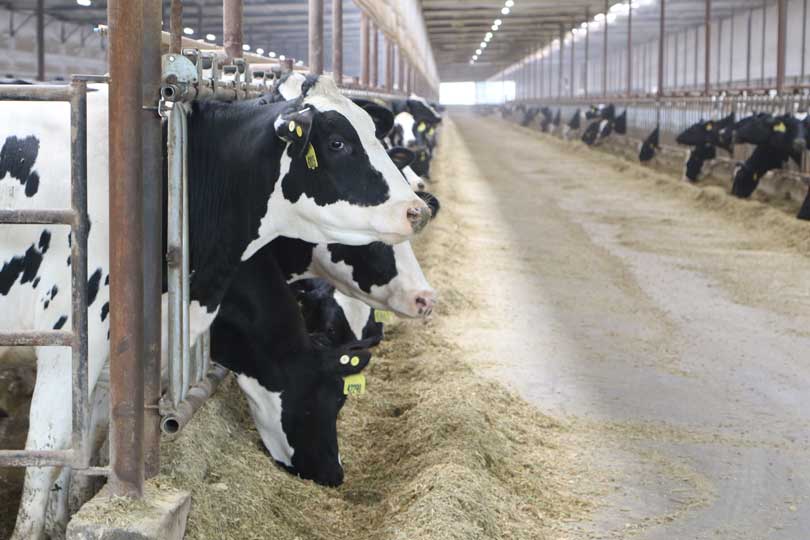Global food prices reached a record high in February.
Increases in vegetable oil and dairy, as well as higher costs for grains, contributed to the all-time high prices, according to the UN Food and Agriculture Organization.
FAO’s Food Price Index averaged 140.7 points last month. That breaks the previous record set in February 2011.
February’s index was up 3.9% from January and 24.1% over the index one year ago.
The Food Price Index tracks the international prices of items such as vegetable oils, dairy products, grains and more.
“Concerns over crop conditions and adequate export availabilities explain only a part of the current global food price increases. A much bigger push for food price inflation comes from outside food production, particularly the energy, fertilizer and feed sectors,” FAO economist Upali Galketi Aratchilage said. “All these factors tend to squeeze profit margins of food producers, discouraging them from investing and expanding production.”
The FAO Food Price Index measures average prices over the month, so the February reading only partly incorporates market effects stemming from the conflict in Ukraine.
The FAO Vegetable Oils Price Index led the increase, rising 8.5% from the previous month to reach a new record high, mostly driven by increased quotations for palm, soy and sunflower oils.
The FAO Dairy Price Index averaged 6.4% higher in February than January, underpinned by lower-than-expected milk supplies in Western Europe and Oceania, as well as persistent import demand, especially from North Asia and the Middle East.
The FAO Cereal Price Index increased 3% from the previous month, led by rising quotations for coarse grains, with international maize prices up 5.1%, due to a combination of continued concerns over crop conditions in South America, uncertainty about maize exports from Ukraine, and rising wheat export prices.
World wheat prices increased by 2.1%, largely reflecting uncertainty about global supply flows from Black Sea ports.
International rice prices increased by 1.1%, sustained by strong demand for fragrant rice from Near East Asian buyers and the appreciation of the currencies of some exporters against the U.S. dollar.
The FAO Meat Price Index rose 1.1% from January, with international bovine meat quotations reaching a new record high amid strong global import demand and tight supplies of slaughter-ready cattle in Brazil and high demand for herd rebuilding in Australia. While pig meat prices edged up, those of ovine and poultry meat declined, in part due, respectively, to high exportable supplies in Oceania and reduced imports by China following the end of the Spring Festival.
The FAO Sugar Price Index declined 1.9% amid favorable production prospects in major exporting countries such as India and Thailand, as well as improved growing conditions in Brazil.
FAO also published a preliminary forecast that shows worldwide cereal output is on course to increase significantly this year.
Visit the FAO’s website for more on the Food Price Index and the organization’s cereal supply and demand brief.

